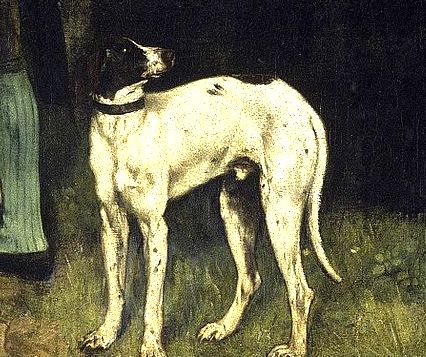
Did the art world need a change in 1849? Who knows, I was just trying to keep up on a march through Paris in 2019.
Ah, Paris. Just saying the name brings it all back: the museums, memorials, and churches; the neighborhoods, the Metro, and Versailles.
Nothing hit harder than the painting in the top picture.
It’ll hit you, too. Here’s why:
“A Burial At Ornans” by Gustave Courbet explains art history over the ages. That’s right, art history.
Before you wonder if my beret is on too tight, keep reading.
Like so many, I have a curious mind. I like seeing the usual, the weird. I like being surprised by history, and paintings of an era are one place to look.
The reason paintings of any particular era even exist today is because someone bought them and stored them in a house or gallery. The work left out to rot did just that.
Picture yourself in a rich family in the Middle Ages. Momma wants a painting of the family to hang in the castle. Daddy’s job is to find an artist skilled enough to make him, and his wife and kids, presentable.
What did ‘presentable’ look like in their art world?
Not this:
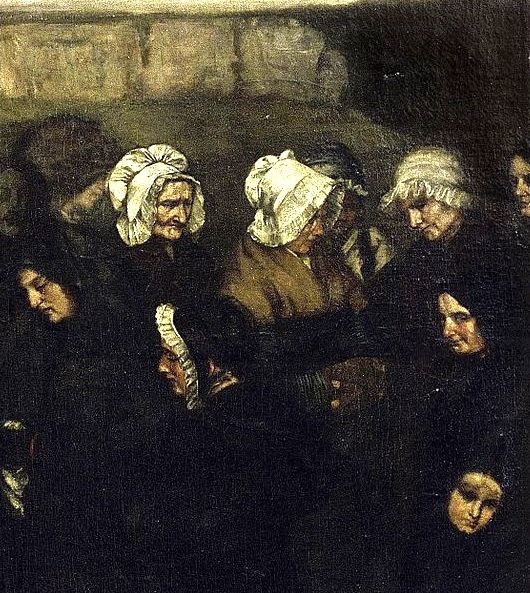
Or this:
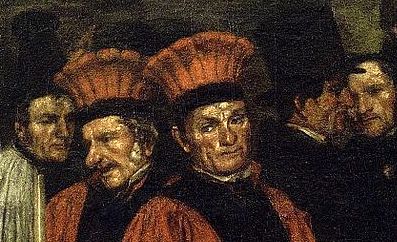
They wanted a better look. Maybe like this:
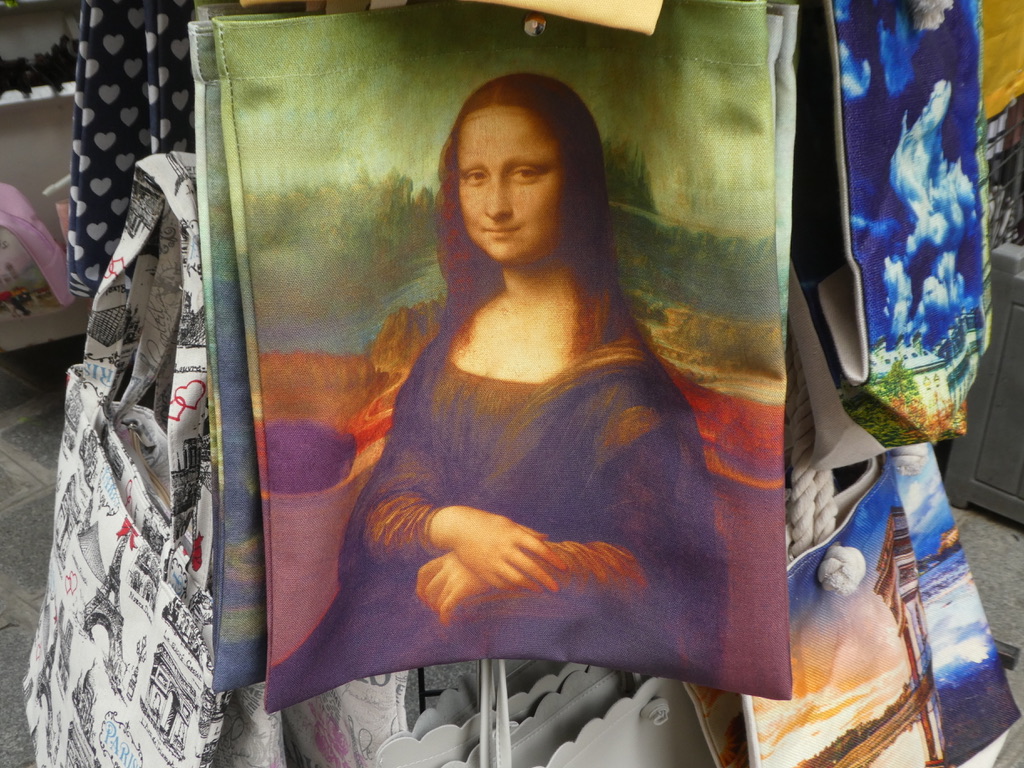
“Make my wife look like the Mona Lisa,” they said.
They weren’t paying for this:
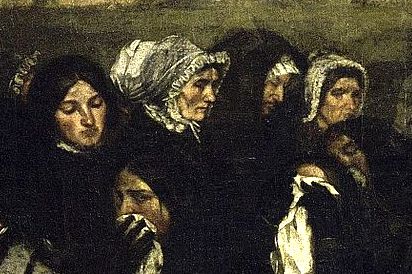
Before “A Burial At Ornans” by Gustave Courbet, the people who bought art could afford to get what they asked for. Crucifixion? Heroic? Heavenly? No problem.
No one in the art world asked for grizzly picture of men and women in mourning with all of their warts and bumps showing, with their faces twisted in grief. Gustave didn’t ask for a sponsor before he whipped out his twenty two foot long, ten foot high, masterwork.
The Church didn’t make the call with this representation:
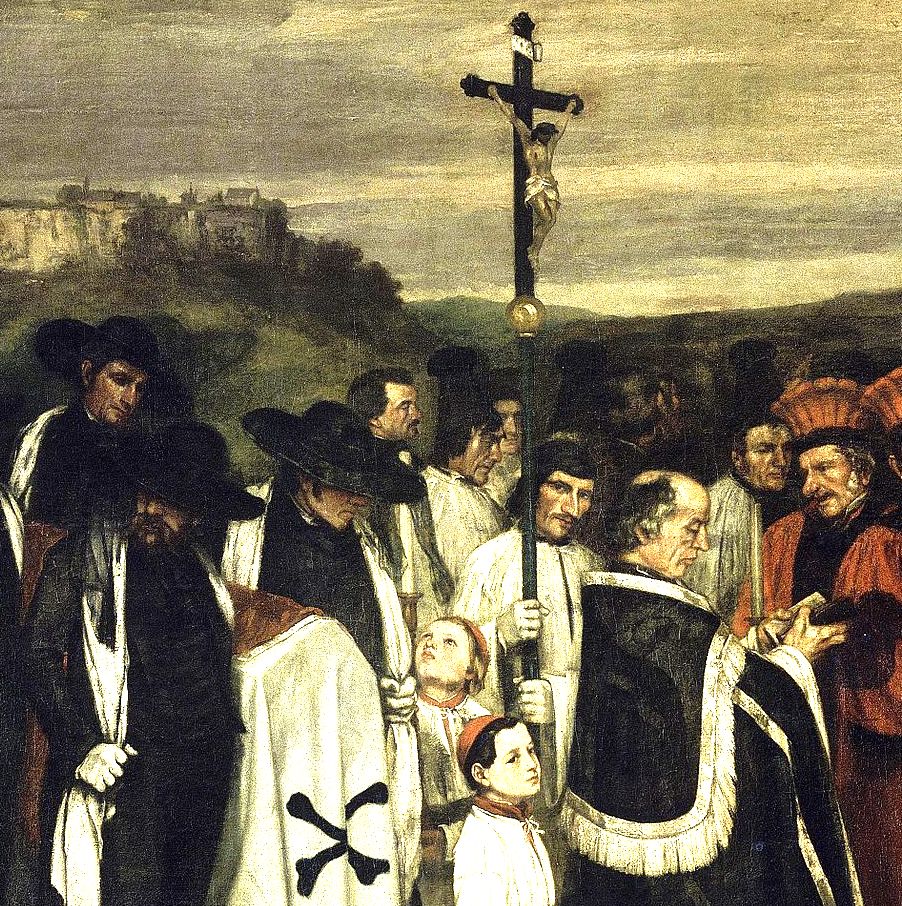
Correct my Bible study, but I don’t think Jesus was present in 1848.
In the simplest version, Burial at Ornans depicts an event repeated over centuries: officiated by anonymous clergy, an unknown man is buried in the dirt with people milling around like I’d expect. It’s a nobody who died in a nowhere place and getting buried nearby to nowhere.
Reading the pages of the Orsay convinced me this was the painting for me:
At the Salon in 1850-1851, many people decried “the ugliness” of the people, and the ordinariness of the whole scene. Among the few admirers of the painting, one critic prophesied that it would remain “the Herculean pillars of realism in modern history“. The very subject of the painting has been reinterpreted. At first regarded as anticlerical, it was finally believed that, in a composition dominated by Christ on the cross, bringing together the clergy, a mayor and a Masonic judge, surrounded by men and women from all walks of life, it was the idea of “universal understanding” which prevailed, a constant preoccupation in the 19th century and for the 1848 generation in particular.
I think of it as an honest snapshot of the times.
Can you think of an image that captures our times today. Asking for a friend.
